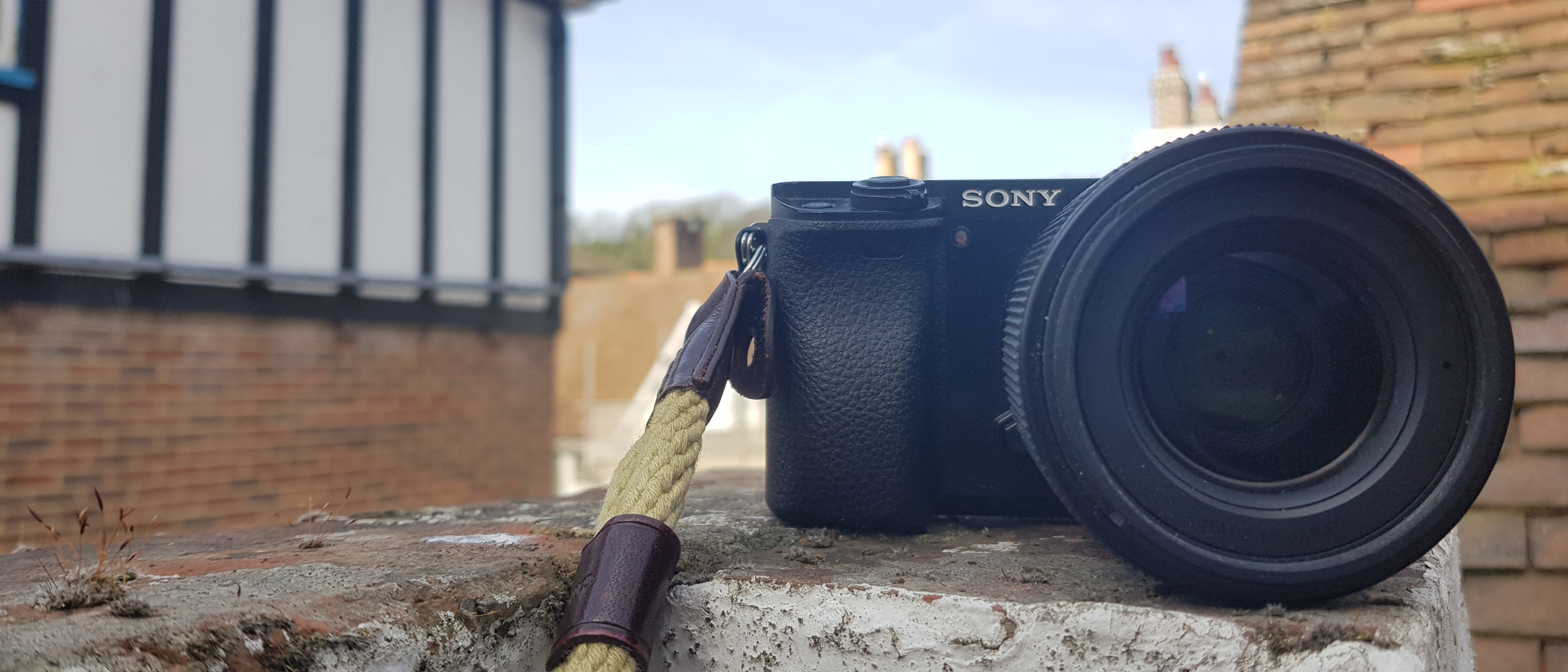Our Verdict
For stills photographers, the 2014 Sony A6000 still stacks up really well. Its autofocus is fast and accurate, its burst-shooting is competitive today, and the images you get from its APS-C sensor are bright and vibrant, with good tonal range. It’s a fantastic entry point into a high-quality series of enthusiast cameras. For video users it’s less of a draw – lacking 4K, and with no mic slot or flip-around screen, it definitely shows its age in this department. Beginner photographers should snap this one up – beginner vloggers should consider a Sony ZV camera instead.
For
- Fantastic value
- Fast burst shooting and AF
- Good upgrade path
Against
- No mic jack or 4K
- Fiddly Sony menus
Why you can trust Creative Bloq
In our Sony A6000 review, we’re taking a trip back through the years to a camera that was released in 2014. The Sony A6000 was the first of what would become Sony’s popular series of mirrorless cameras for enthusiasts, which is still generally referred to as 'the A6000' series.
• 24.3MP APS-C CMOS sensor
• Sony E-mount
• Hybrid autofocus system: 179 phase-detect points, 25 contrast-detect points
• 11fps continuous shooting
• 3-inch, 921k-dot tilting LCD
• 0.39-inch electronic viewfinder with approx. 100% coverage
• 120 x 67 x 45 mm body-only
• 344g body-only (with battery and memory card)
There are now six cameras in the A6000 series, but they all essentially stick to the formula laid down by the original A6000 – a 24MP APS-C sensor in a relatively slim body, with fast autofocus and a snappy burst mode.
Despite all the sequels, the original A6000 is still in production and widely available. I’ve used a Sony A6000 on many occasions for all sorts of shooting, both work and pleasure, and it’s still a camera I regularly mention when looking at the best camera for beginners, due in no small part to the fact that it’s much cheaper to buy than it was at launch. While it's not certainly not one of the best cameras you can buy full stop, you can pick up the A6000 with a kit lens for $499, and I’m honestly hard-pressed to think of a camera/lens combo on the market right now offering better value for money than that.
Is the Sony A6000 really all it’s hyped up to be? Even though it’s missing out on eight years of digital camera tech advancements, can it really still compete in today’s market? Our Sony A6000 review puts the camera through its paces once again to find out.
Sony A6000 review: build and handling
The Sony A6000 has a fairly standard build for a mirrorless camera – it's slim, black and tidy. There’s a small grip on the right hand side that makes it comfortable to hold, and a small but reasonably high-quality electronic viewfinder. Shooting with the camera feels natural and well-balanced until you load it with a hefty telephoto, which does make the whole arrangement very front-heavy.
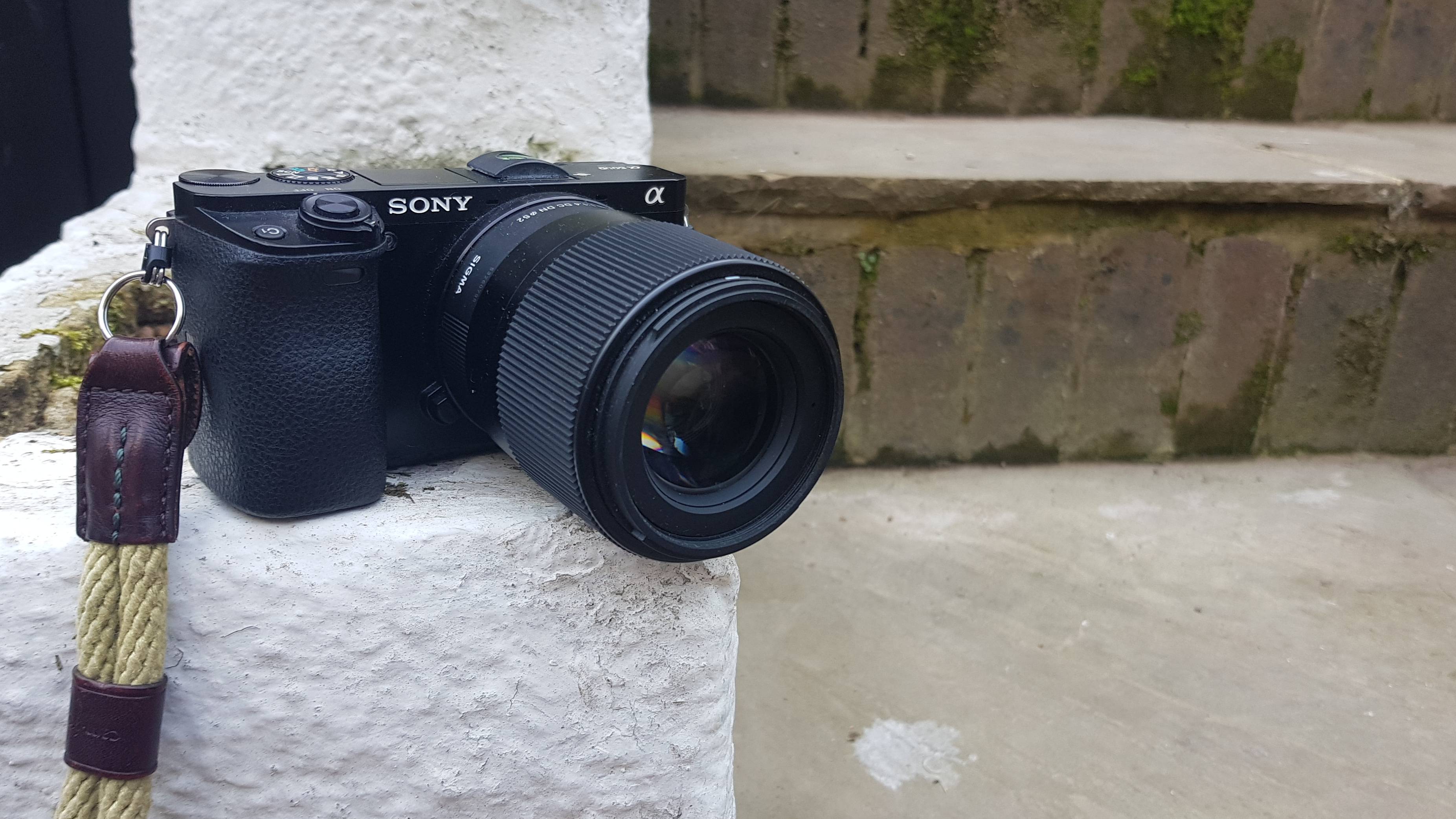
Control-wise, you’ll probably find yourself doing a fair amount of menu-hunting, unlike with the more tactile, dial-based control systems of Fujifilm and Olympus enthusiast cameras. Sony’s menu system has long had a reputation as being a little clunkier than that of its rivals, and sometimes finding the setting you want on the A6000 is not the most intuitive thing in the world.
Still, the tilting LCD is welcome – it tilts both up and down, which is handy for low- and high-angle shots. One thing to note, though, is that the LCD screen is not touch-sensitive.
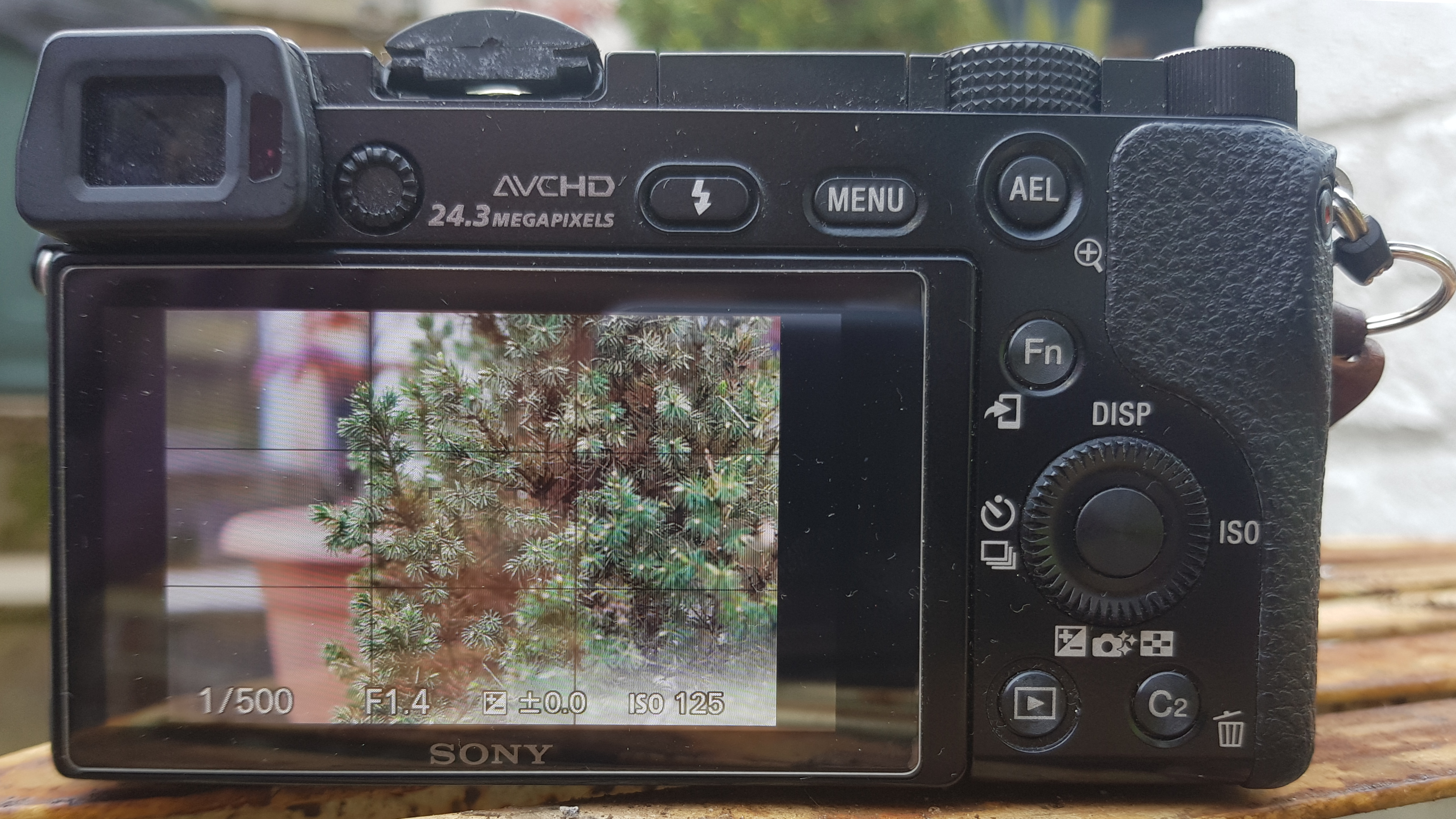
Sony A6000 review: performance
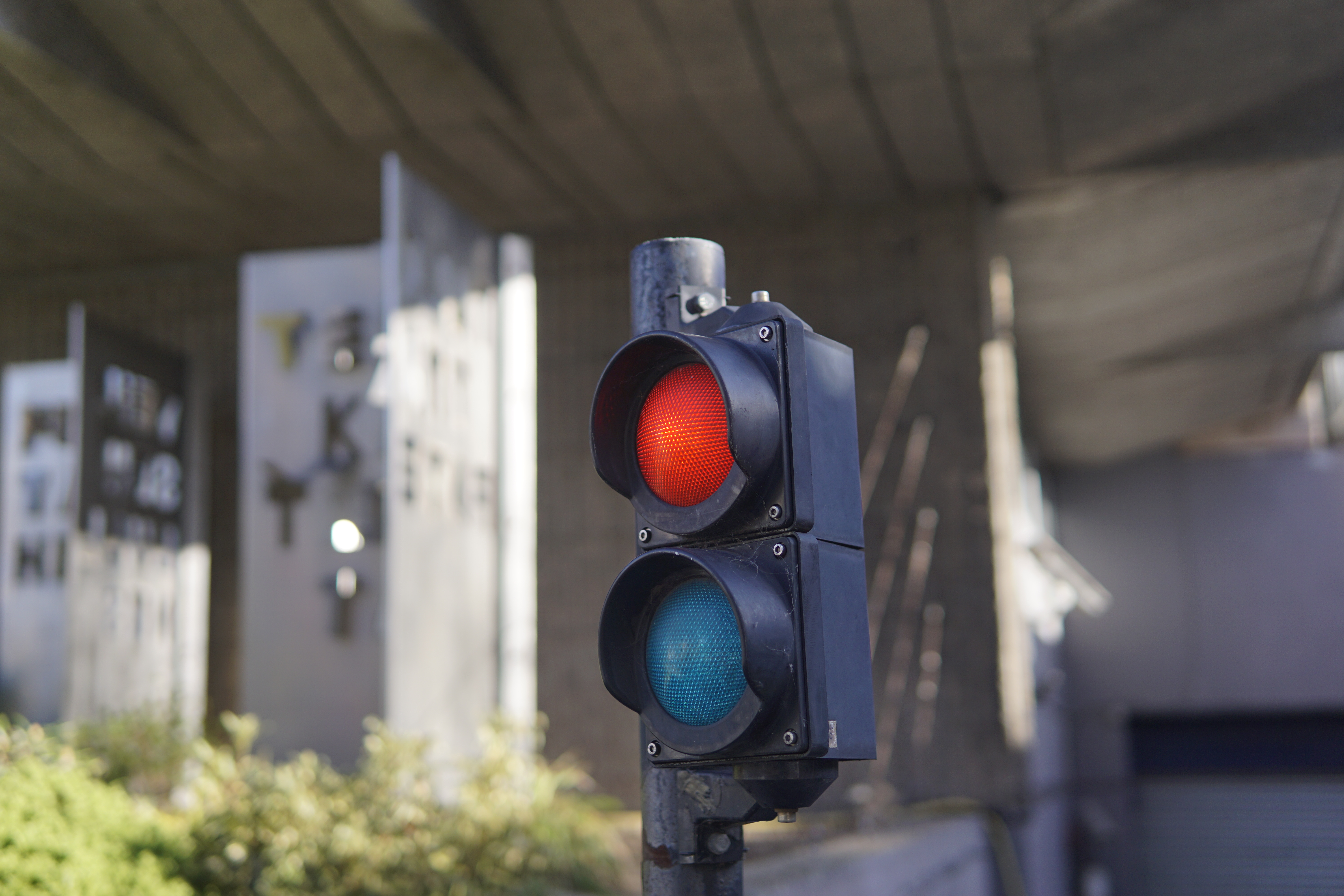
In use, the Sony A6000 does everything that the average stills photographer is going to need, and does it well. Selecting a focus point with a touchscreen might have been nicer than using the directional buttons, but it’s fast enough that it doesn’t take you out of the action too much, and the autofocus system really is very good. It was exceptional in 2014, and still acquits itself well today, acquiring focus quickly in all but the most challenging light conditions.
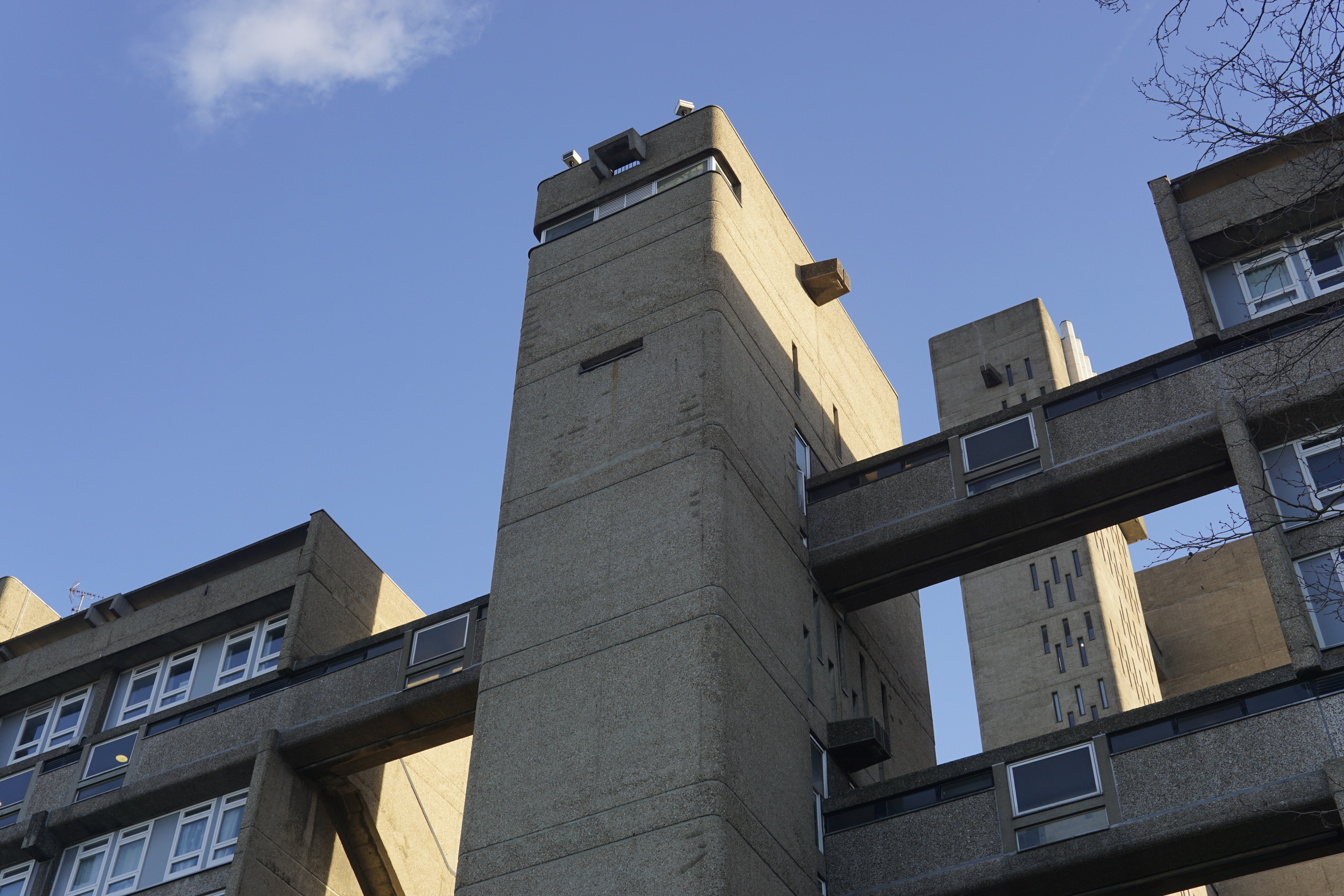
Images produced with the 24MP APS-C sensor on the A6000 are excellent across the board. If you prefer to shoot with JPEGs, then you’ll enjoy the naturally punchy colours, and the pre-set Creative Styles that let you play with the look of the image. Like most cameras, it’s at its best at low ISO settings – while the ISO settings do go up to 25,600, personally I wouldn’t recommend pushing it past 1600, maybe 3200 at a push, unless you really have to.
The metering system on the Sony A6000 does well in most situations – it can struggle a little with high-contrast scenes, but even if the camera doesn’t quite nail the exposure, you have a good fallback – the APS-C sensor captures an impressive level of dynamic range, which you can see more clearly if you shoot in RAW. It’s not too hard to get detail back from shadows and highlights even if a scene looks hopeless at first glance.
For instance, take the below image:
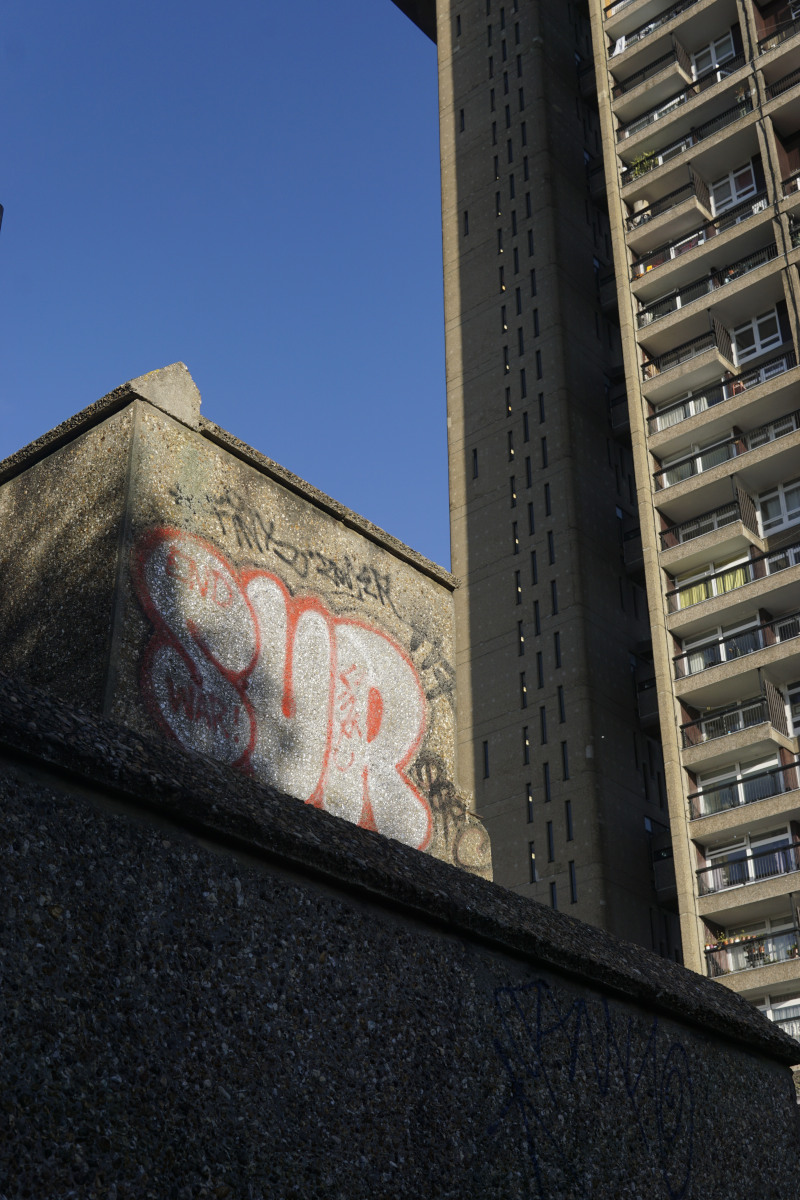
The Sony A6000's metering system struggled with this contrasty scene on a bright and sunny day, resulting in significant underexposure in several portions of the image. However, if we load up the RAW file in Adobe Camera Raw, and then lighten and over-lighten it, we can see that all the important detail was retained in the shadows.

This is one of the key advantages of having a sensor that's a good size like APS-C, and is a good reason why a camera the A6000 represents a significant upgrade over a smartphone camera. Just arm yourself with some top photo editing software to be able to make the most of your shots.
Sony A6000 review: video
The Sony A6000 slightly predates the real onset of the 4K boom, so its video resolution tops out at Full HD (1920 x 1080). For most purposes, this is going to be fine; the footage generally looks good as long as you keep the ISO to a sensible level, and the video autofocus performs well. You’ve got a mini HDMI out, and can continuously record for up to half an hour.
I’d have to say though, if you’re looking for a good starter vlogging camera, the Sony A6000 is probably not the one. The lack of 4K means you’re not very future-proof, and curtails your ability to crop into your footage for quick cuts and visual variation. Then there’s also the fact that the screen doesn’t flip around, making it hard to film yourself, and that there’s also no 3.5mm mic input.
The A61000 is a more advanced video option. You can also check out Sony’s ZV range – currently comprising the Sony ZV-1 and ZV-E10 – if you’re looking for vlogging options. Take a look at our guide to the best cameras for vlogging where we have loads more suggestions, and if you're totally video-focused, our guide to the best camcorders is also a good bet.
Sony A6000 review: verdict
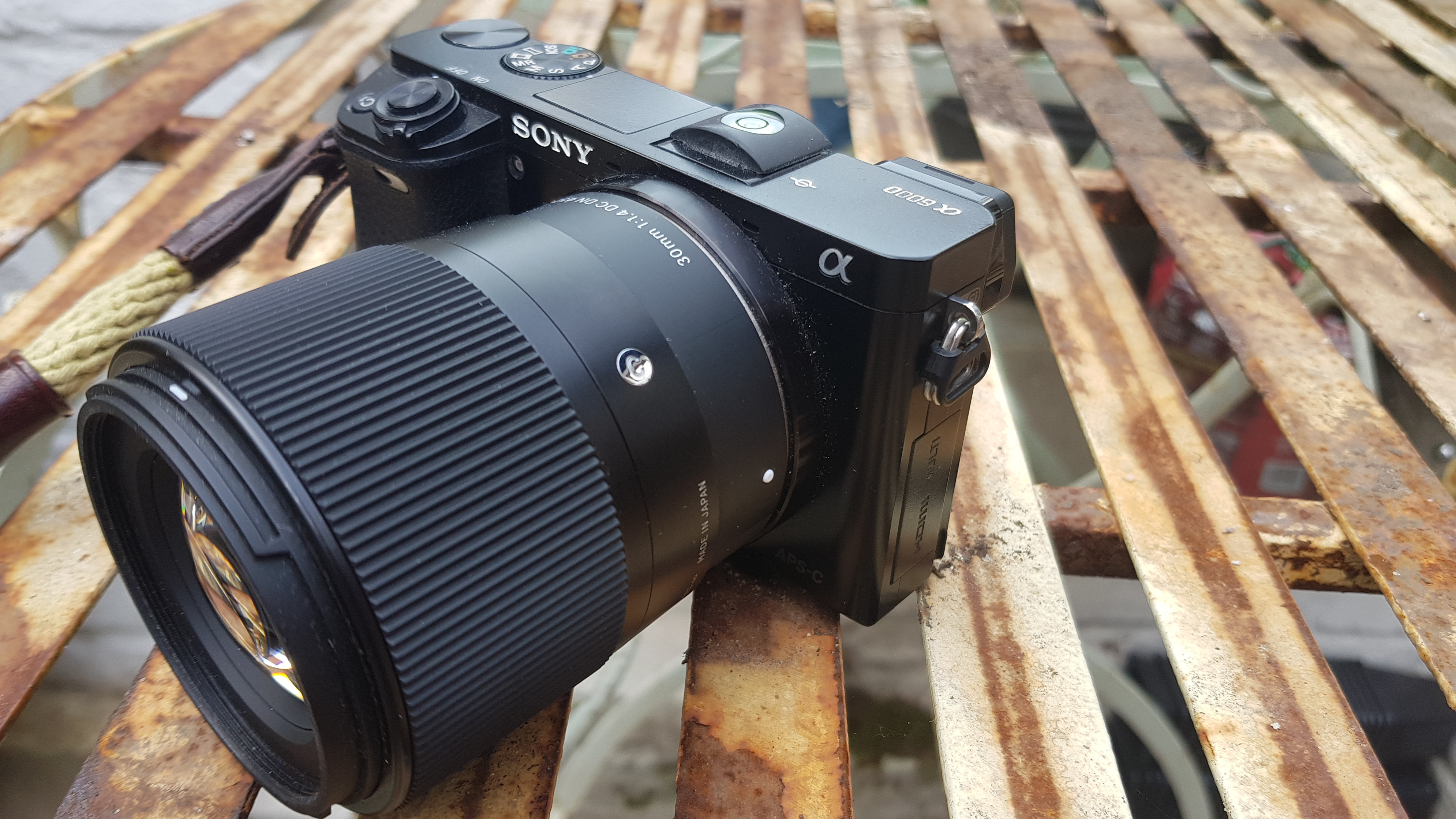
For stills photography, the Sony A6000 is a superb starter camera. Its APS-C sensor represents a real step up in quality over a smartphone, its 24MP of resolution is plenty for most purposes, and its 11fps burst shooting is still competitive today. Whether you like to fire off JPEGs or take your time processing RAWs, the Sony A6000 will handle it well. It’s easy to get used to the A6000, and when it comes time to upgrade, you’ve got plenty of more advanced A6000 cameras to choose from that will handle similarly.
If you’re predominantly shooting video, then I’d say consider something else. The A6000 is showing its age much more in this department, and even if you don’t care about 4K, the A6000’s lack of hardware like a mic or headphone port is going to be a significant handicap.
Read more: The best camera for streaming

Thank you for reading 5 articles this month* Join now for unlimited access
Enjoy your first month for just £1 / $1 / €1
*Read 5 free articles per month without a subscription

Join now for unlimited access
Try first month for just £1 / $1 / €1
out of 10
For stills photographers, the 2014 Sony A6000 still stacks up really well. Its autofocus is fast and accurate, its burst-shooting is competitive today, and the images you get from its APS-C sensor are bright and vibrant, with good tonal range. It’s a fantastic entry point into a high-quality series of enthusiast cameras. For video users it’s less of a draw – lacking 4K, and with no mic slot or flip-around screen, it definitely shows its age in this department. Beginner photographers should snap this one up – beginner vloggers should consider a Sony ZV camera instead.

Jon is a freelance writer and journalist who covers photography, art, technology, and the intersection of all three. When he's not scouting out news on the latest gadgets, he likes to play around with film cameras that were manufactured before he was born. To that end, he never goes anywhere without his Olympus XA2, loaded with a fresh roll of Kodak (Gold 200 is the best, since you asked). Jon is a regular contributor to Creative Bloq, and has also written for in Digital Camera World, Black + White Photography Magazine, Photomonitor, Outdoor Photography, Shortlist and probably a few others he's forgetting.
